Mechanical Engineering student here.
I am attempting to build my own positive air pressure respirator using a vacuum motor.
I have a little CPU fan to put at the exit vent of the respirator to detect when I am breathing out, and subsequently turn the vacuum motor (which is supplying air when I'm breathing in) off for the period of exhalation.
I thought I bought everything I needed for making a NOT gate to control a motor like this, but the MOSFET is behaving in a way I didn't expect. It causes my 3.6 V vacuum motor to draw something like 6 V when I run it off the source. I have also tried putting the MOSFET after the motor and running it into the drain. This is beyond the capacity of the battery I'm planning to use.
Is the behavior expected, and should I get a 6 V battery? Is there some other component I don't know about that would solve this problem? Below are my current components with the specifications that I know of, and a picture of my planned circuit diagram.
I have had limited success using this NOT gate configuration to slightly de-power an red LED in place of the vacuum motor, and with a transistor in place of the MOSFET.


